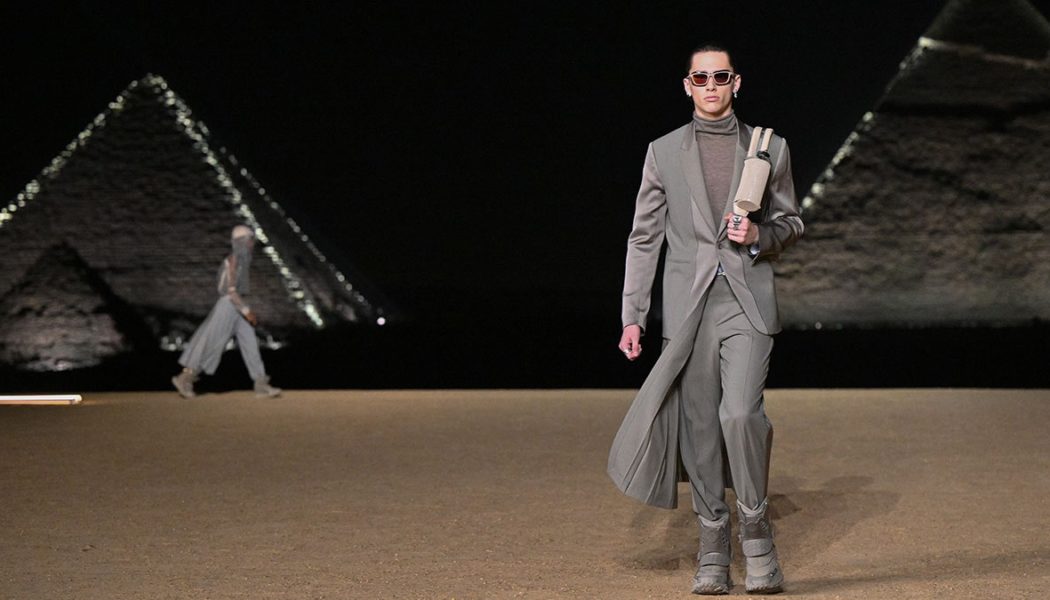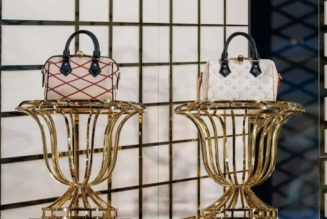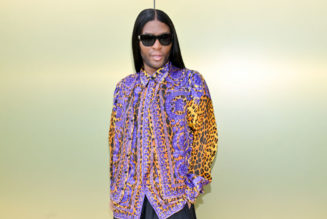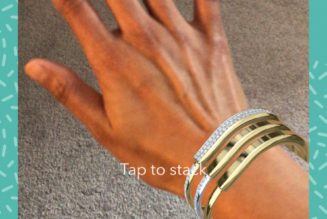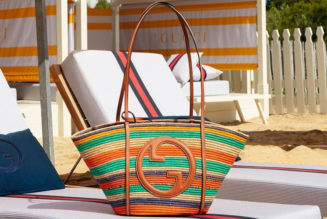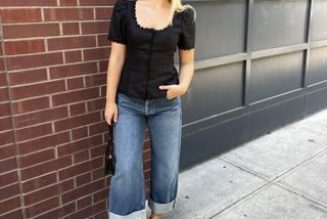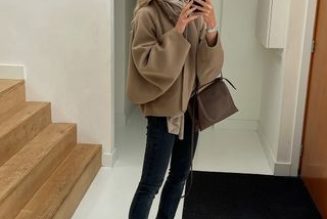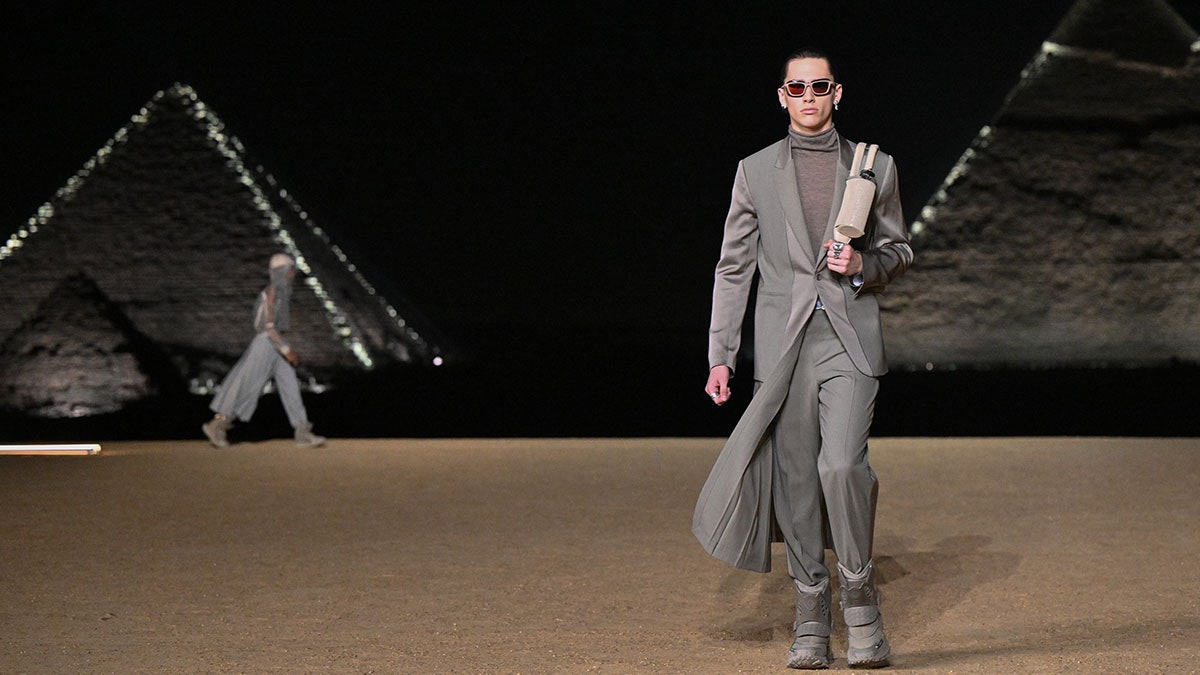
“What I think is emerging in the US is a clear sense that lower-middle-class consumers are under pressure while high-end consumers are doing very well,” says Solca.
Mytheresa echoed the sentiment. “We see robustness in the high-end customer base. If aspirational customers come back, that would be fantastic. But, in the meantime, the luxury wardrobe builders are very solid,” Mytheresa CEO Michael Kliger said. Farfetch also experienced a slowdown as consumers rein in spending: fourth-quarter revenue fell 5 per cent in 2022.
On the other hand, Hermès posted stellar growth in Q4 in the Americas (up 40.8 per cent). Hermès executive chairman Axel Dumas noted sales dynamics in California and Florida thanks to an influx of people, while on the East Coast, the situation is more complicated, but the opening of the store on New York’s Madison Avenue has boosted sales. The house sees “no break in trend” at the beginning of 2023, Dumas said. Buyers of luxury watches are clearly doing well. The Swiss watch exports data for January 2023 show that the US market remains solid (up 26.4 per cent year-on-year in January), as Morgan Stanley’s Aubin points out. Meanwhile, Kering revenue dropped 15 per cent in North America in Q4, with the group citing high inflation denting aspirational customers who bought Gucci in the past three years.
With that in mind, Gucci is to open “Gucci Salons” for its VIP customers with products ranging from €40,000 to €3 million, within flagship stores or in standalone locations. The first one is set to open in Melrose in April. Burberry, under CEO Jonathan Akeroyd, is also pursuing its journey towards elevation and reported strong performance in Europe and an improvement in the US.
Bernstein forecasts a growth of 13 per cent for the overall luxury market in 2023. “Chinese consumers take the torch from American and European consumers leading growth,” Solca says.
To receive the Vogue Business newsletter, sign up here.
Comments, questions or feedback? Email us at feedback@voguebusiness.com.
